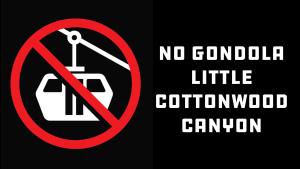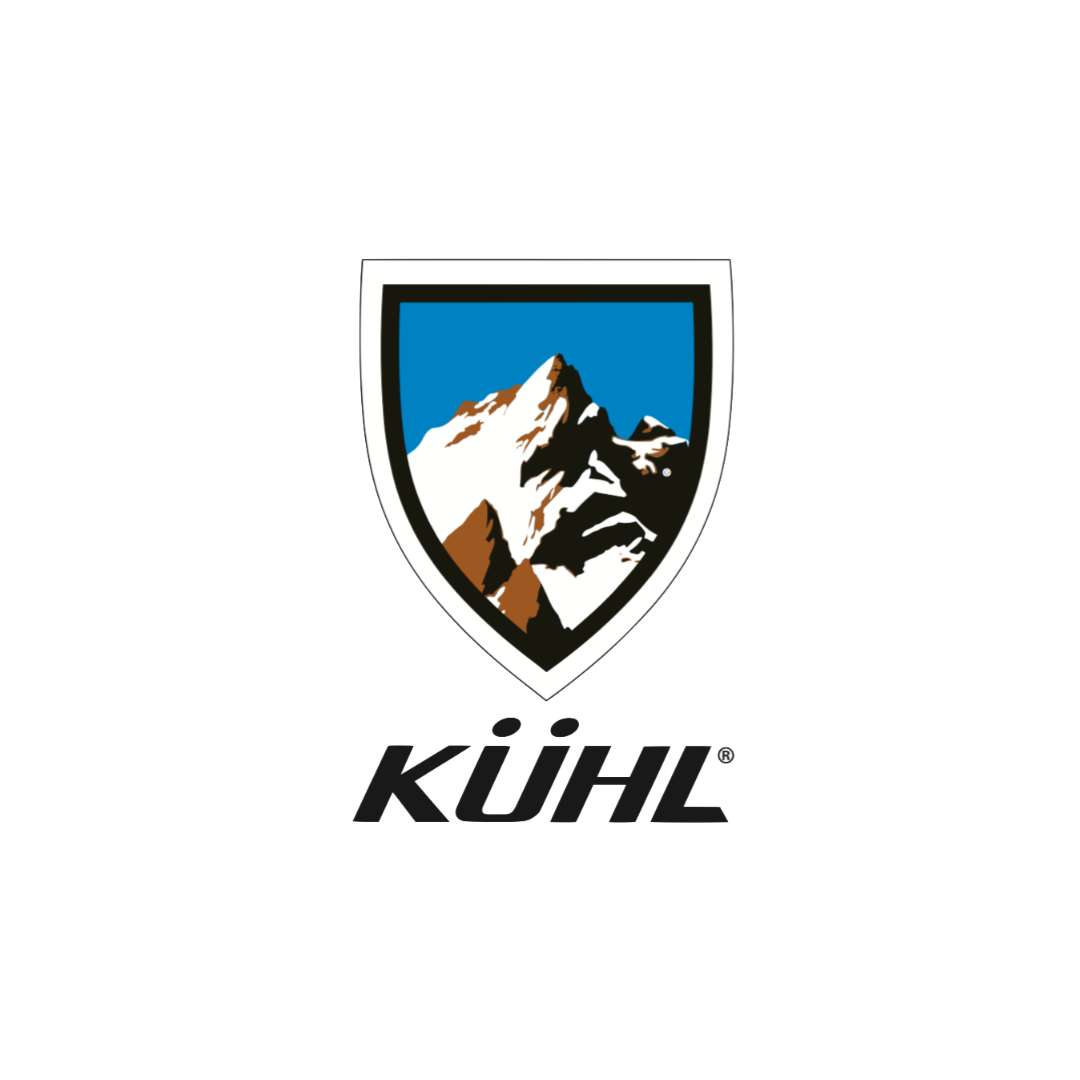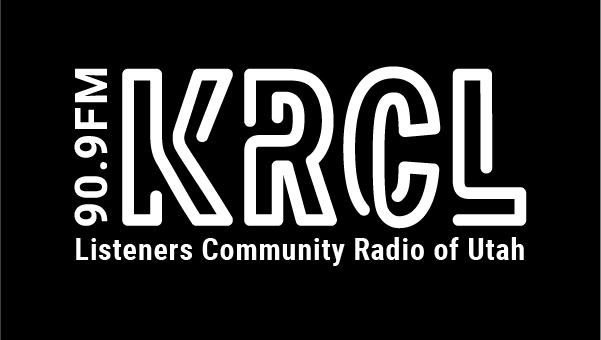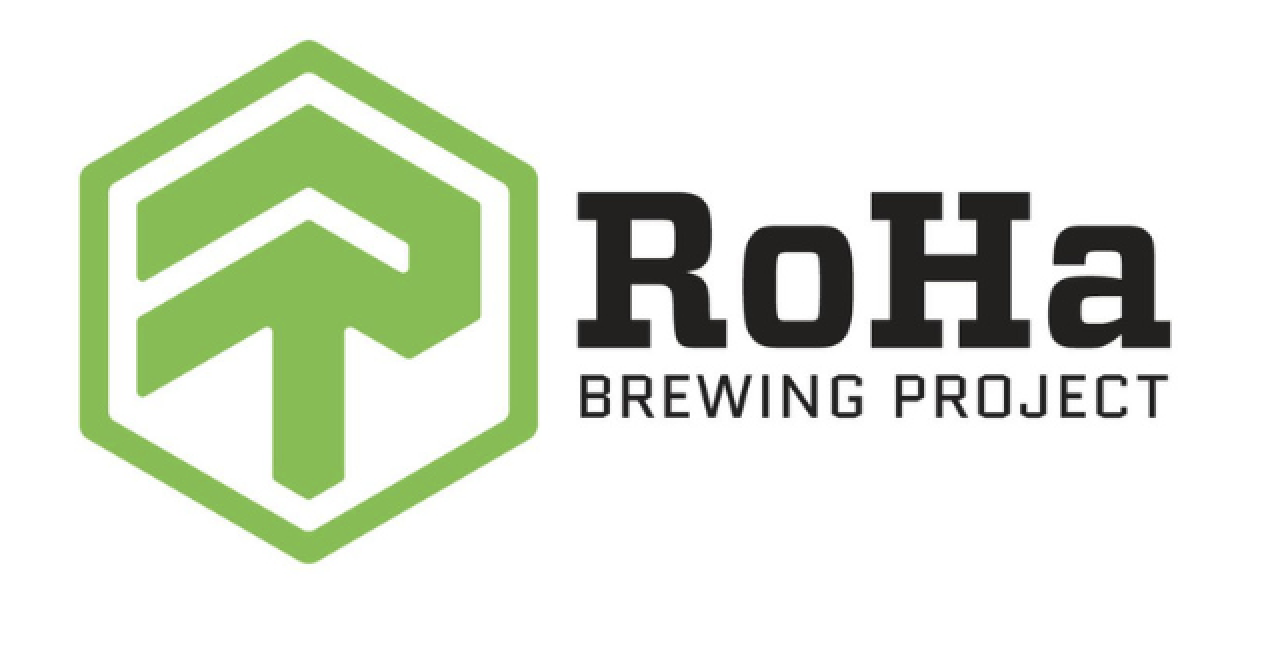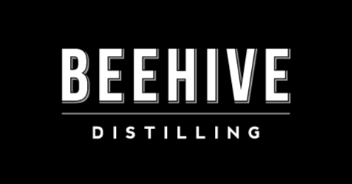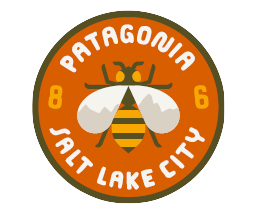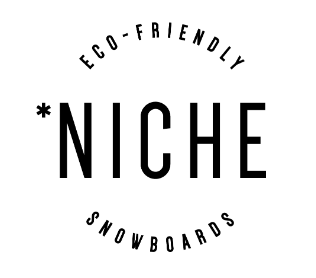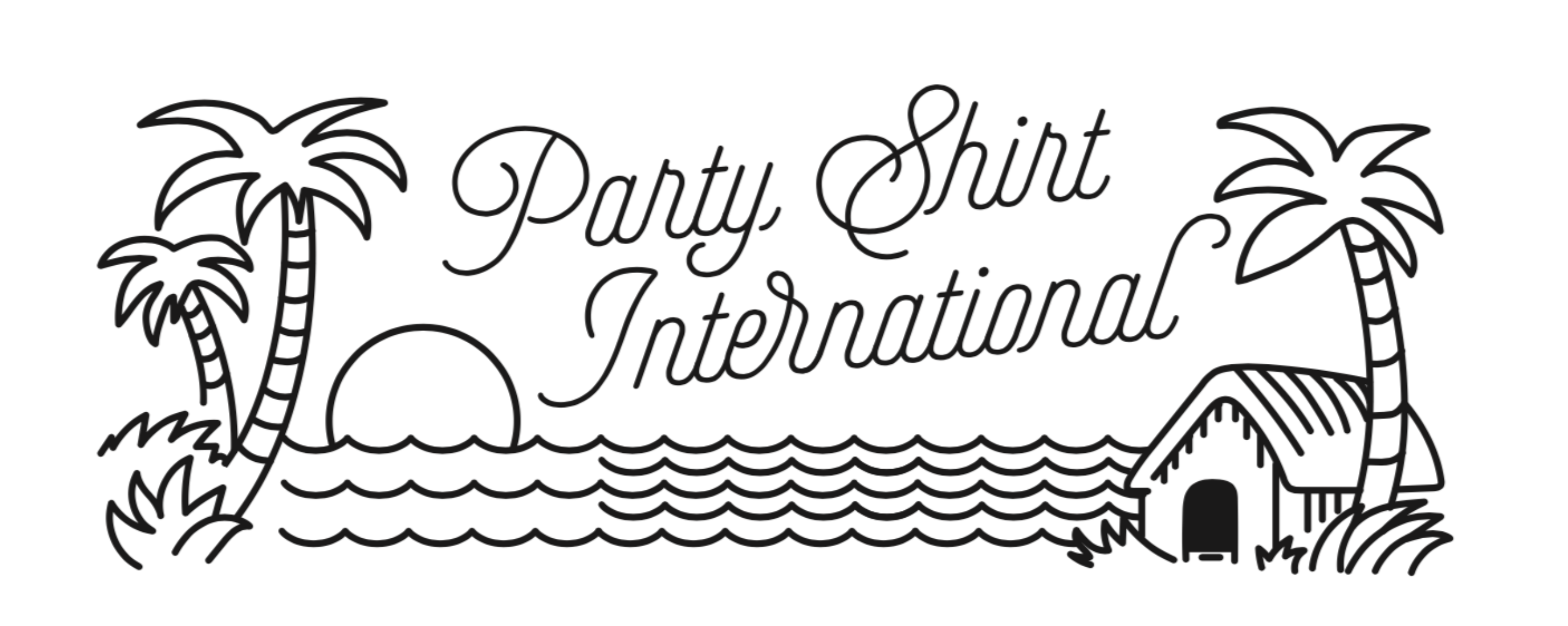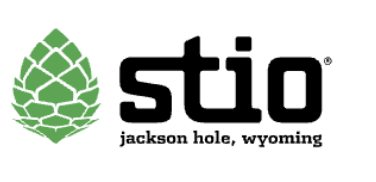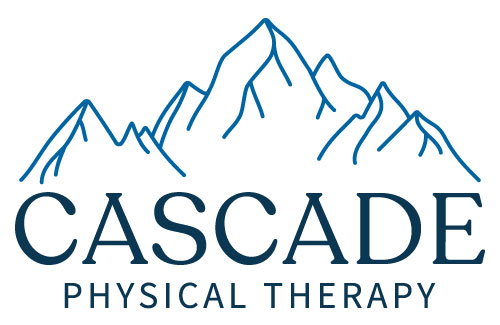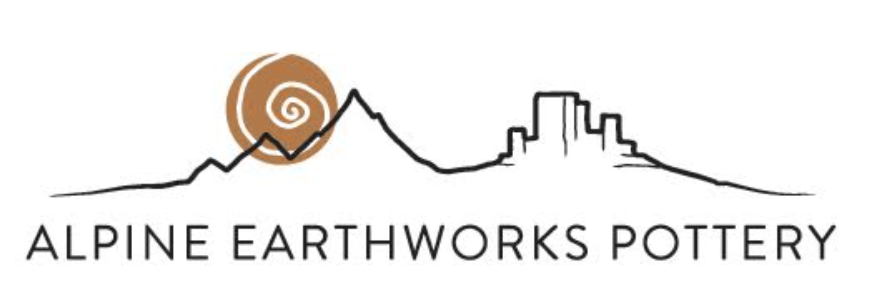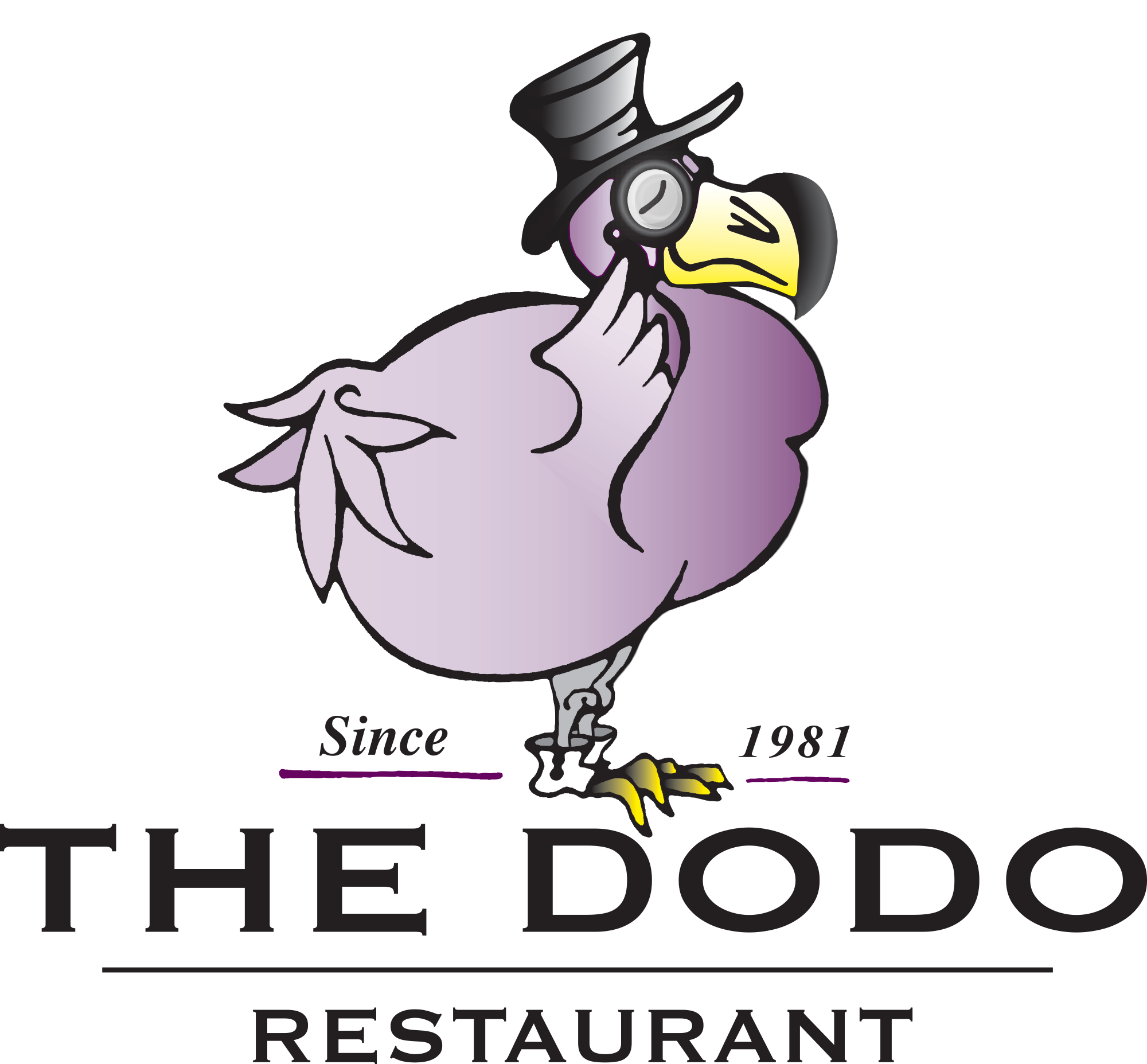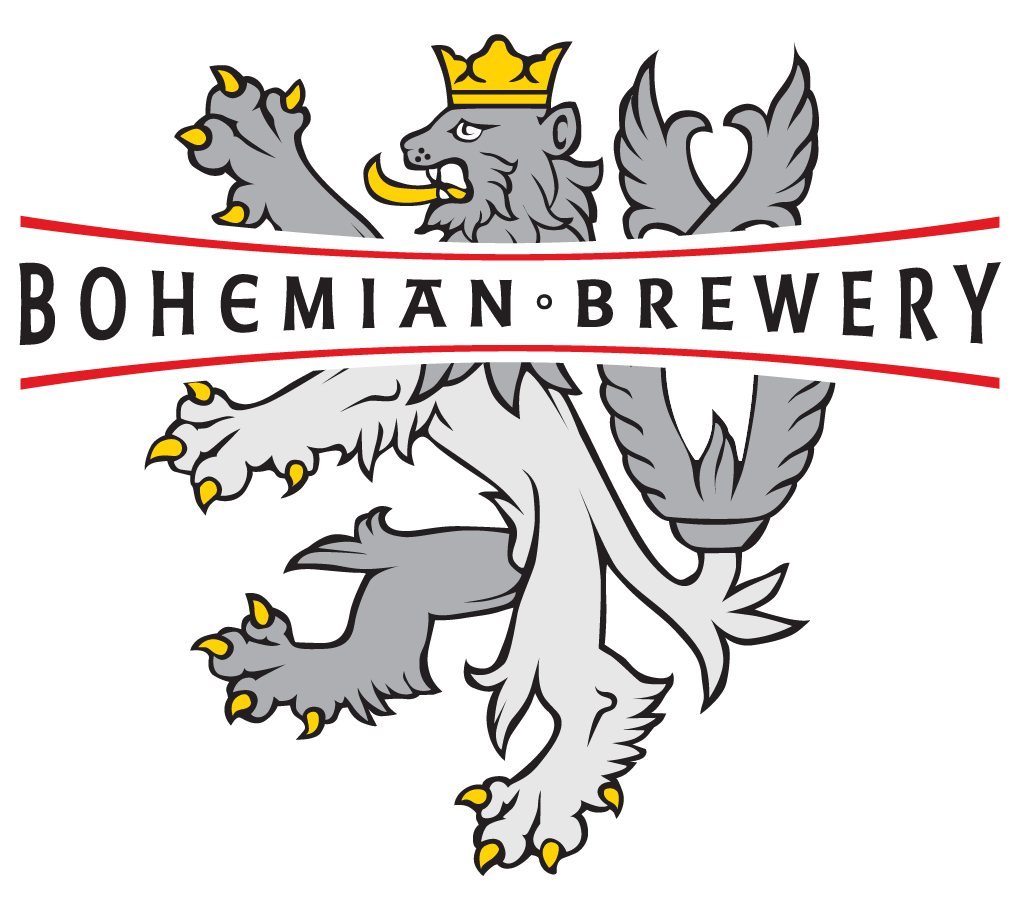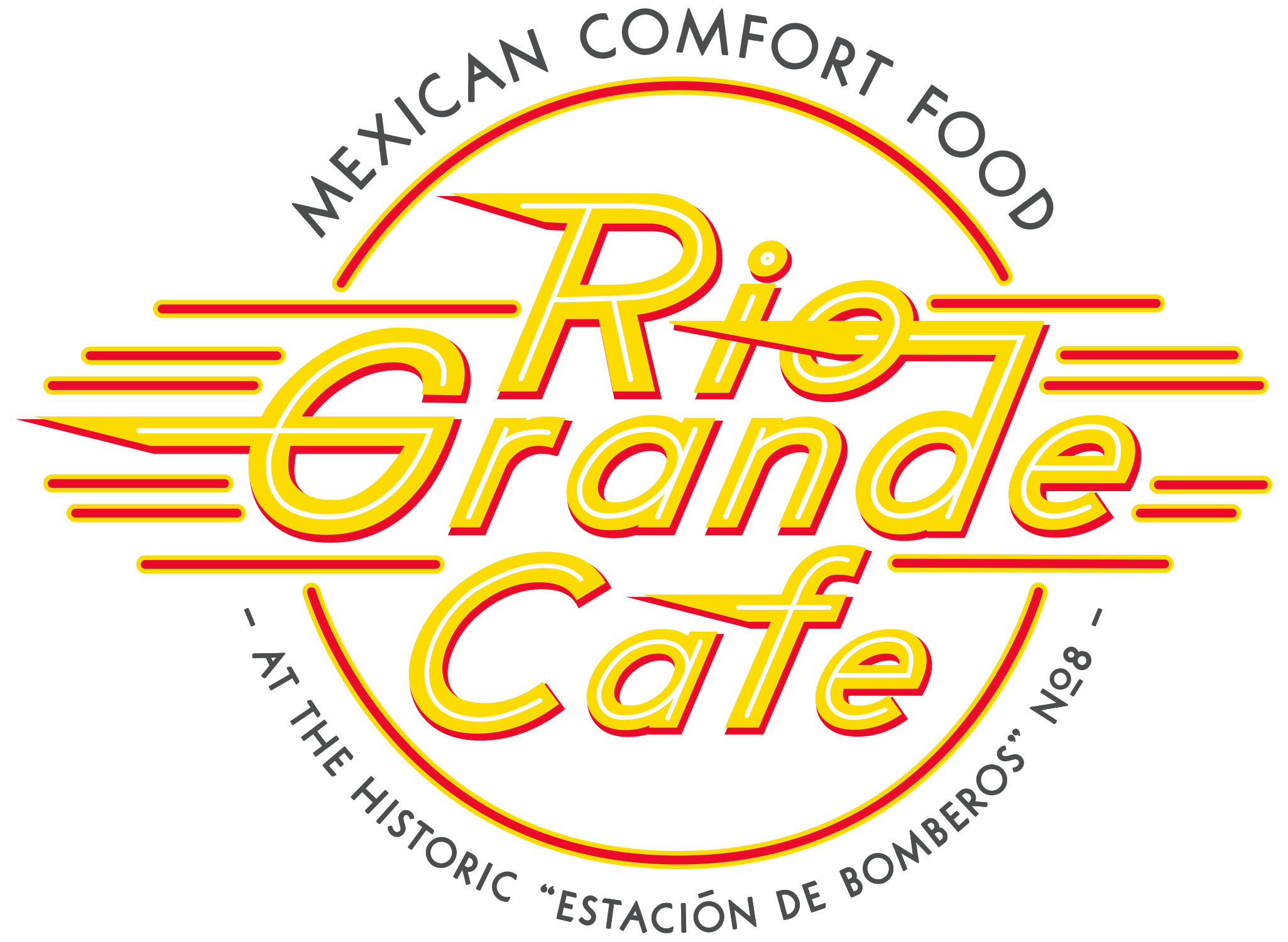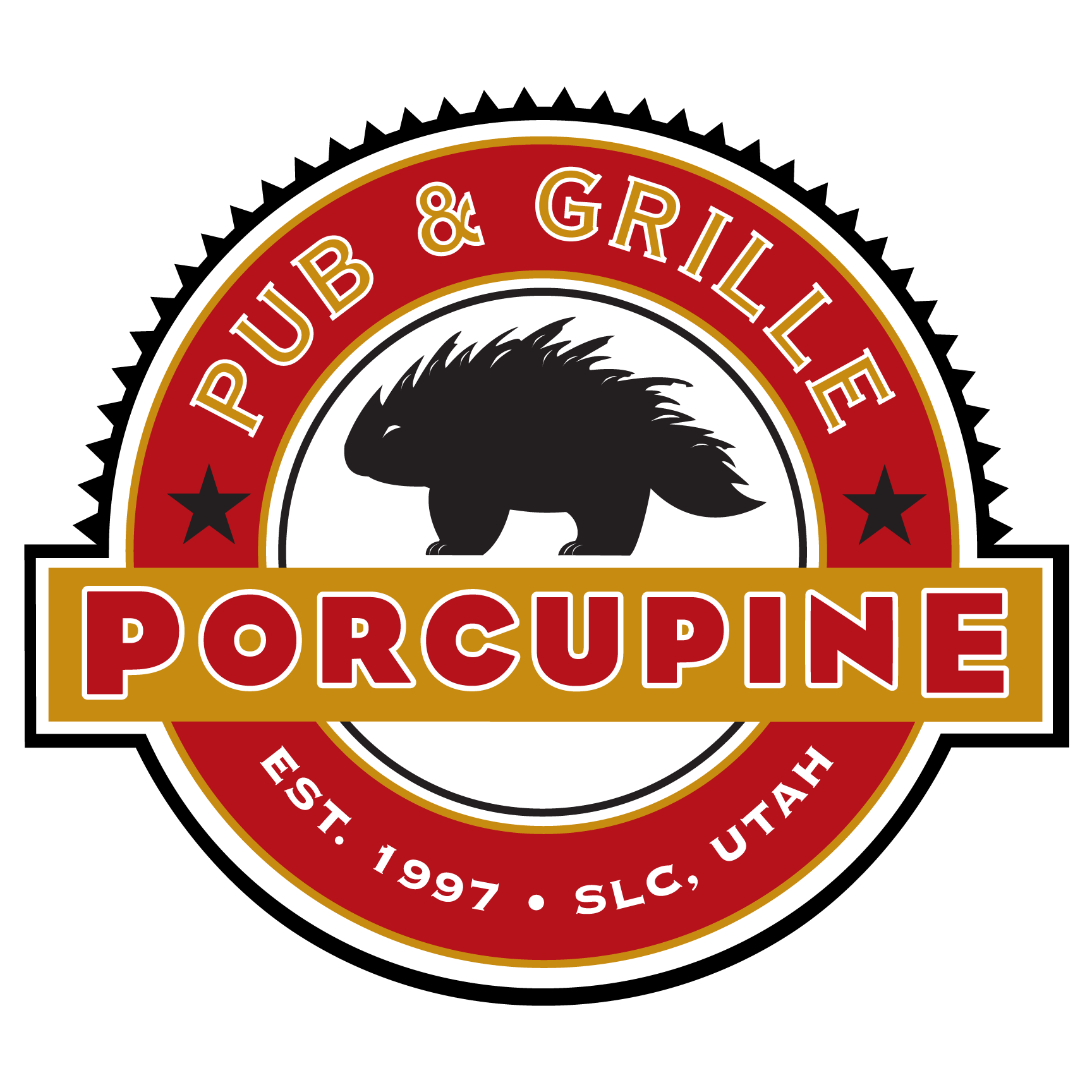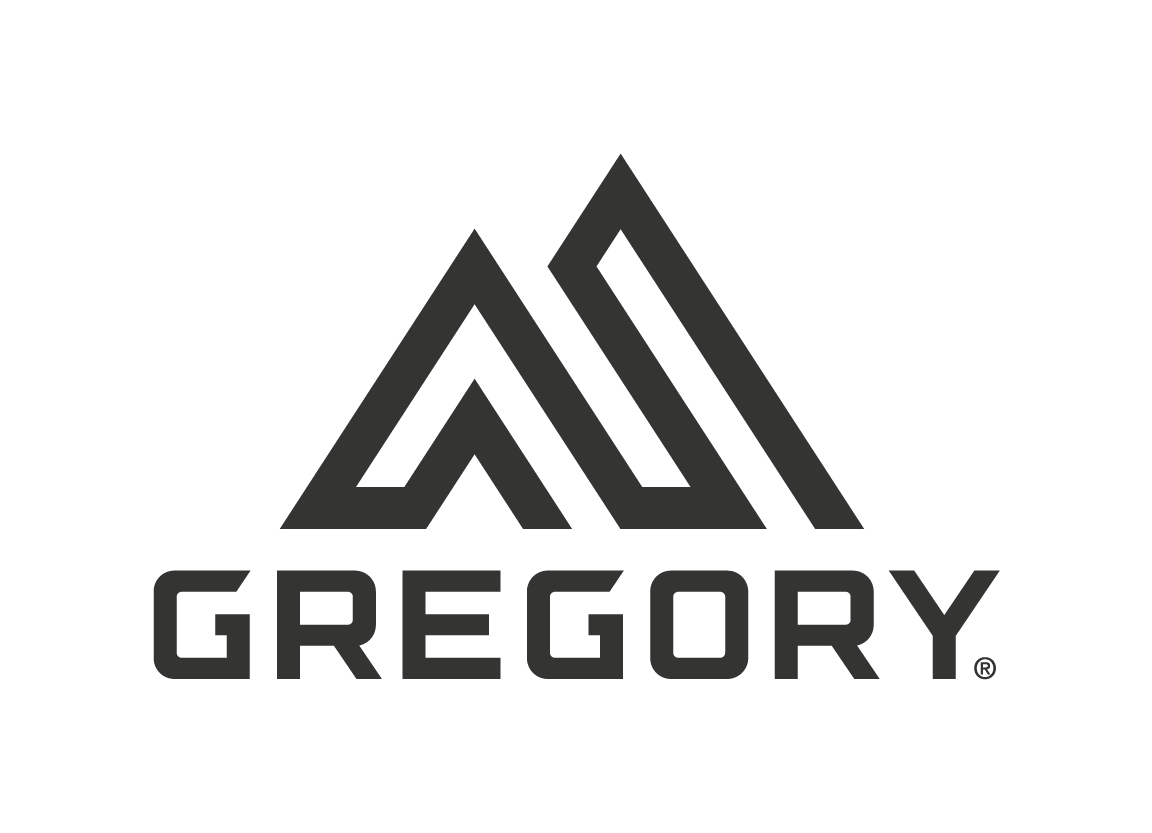Grace Tyler
Support The Protection Of Little Cottonwood Canyon
On Monday, December 11, 2023 Save Our Canyons filed a lawsuit against UDOT and the Forest Service challenging the decision to build a gondola in LCC, represented by our outstanding counsel at the public interest law firm Eubanks & Associates, PLLC and with local representation ably provided by Joel Ban.
Donating today helps to financially support the legal challenge of UDOT’s Little Cottonwood Canyon Environmental Impact Statement.
Stephanie Hanawalt
Wasatch Graffiti Busters
Written by Peter Lenz, Wasatch Graffiti Busters
Since 2018, the Wasatch Graffiti Busters have aggressively sought out and removed graffiti along the Wasatch Front and have concentrated their efforts on public lands, especially the Cottonwood Canyons. It is currently difficult to find any graffiti on natural surfaces in these areas. We also remove illegal encampments, illegal fire rings and litter every time we hunt for graffiti. We work closely with the US Forest Service, Salt Lake Ranger District, and with the Salt Lake County Unified Police Department.
We were recently asked by the Forest Service to help locate an “illegal tree house” in the Hogum Fork area of Little Cottonwood Canyon. During this search we followed the Hogum Fork stream and encountered a cache of beer and frankfurters in the stream itself. Further investigation revealed a 6x3 foot folding plastic table stocked with perishable food. In addition, two large earth and log structures were identified, each one measuring 300 square feet. The signs on the doors proclaimed, “Protected by the Second Amendment”, images of handguns reinforced the message.
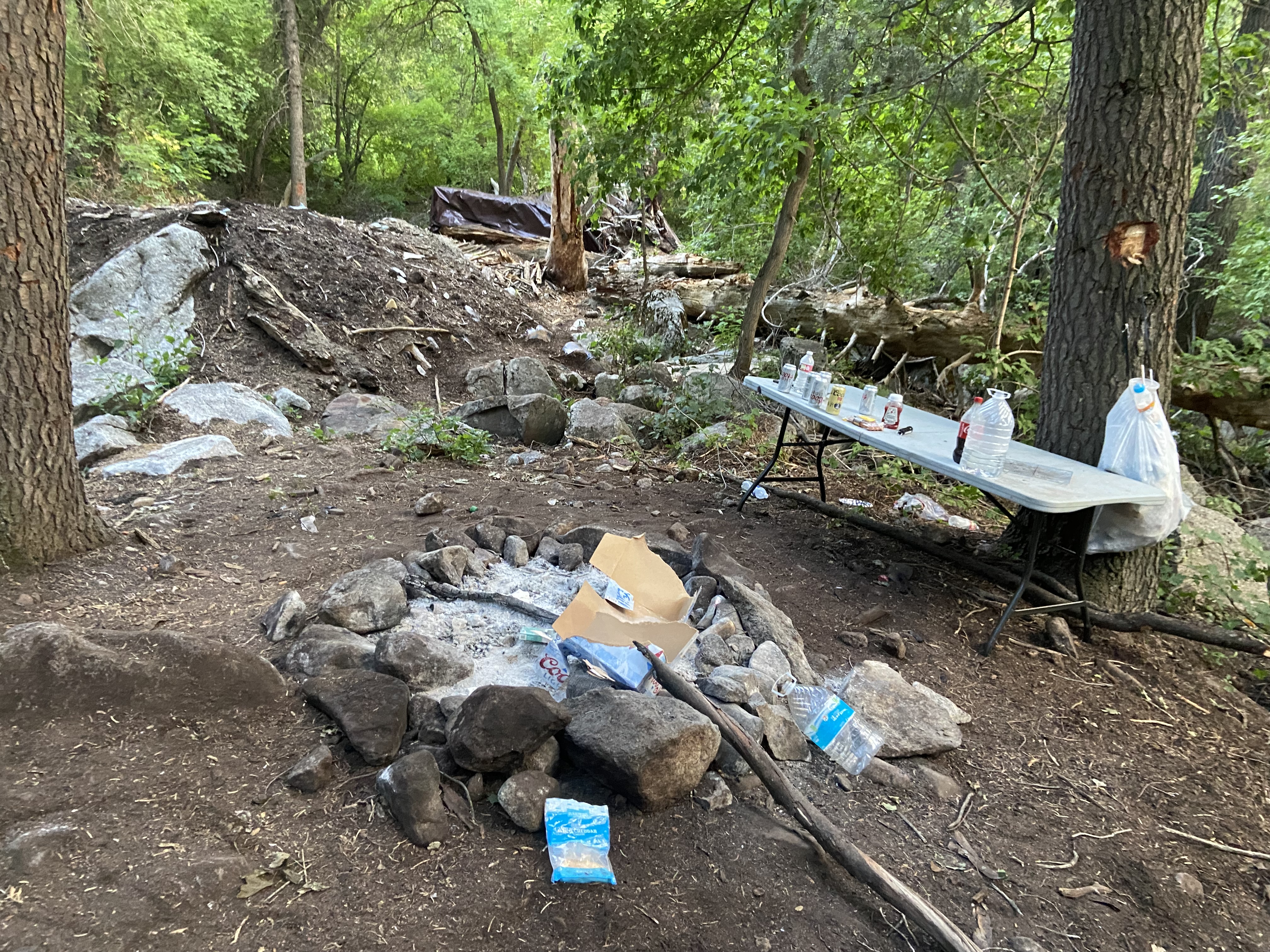
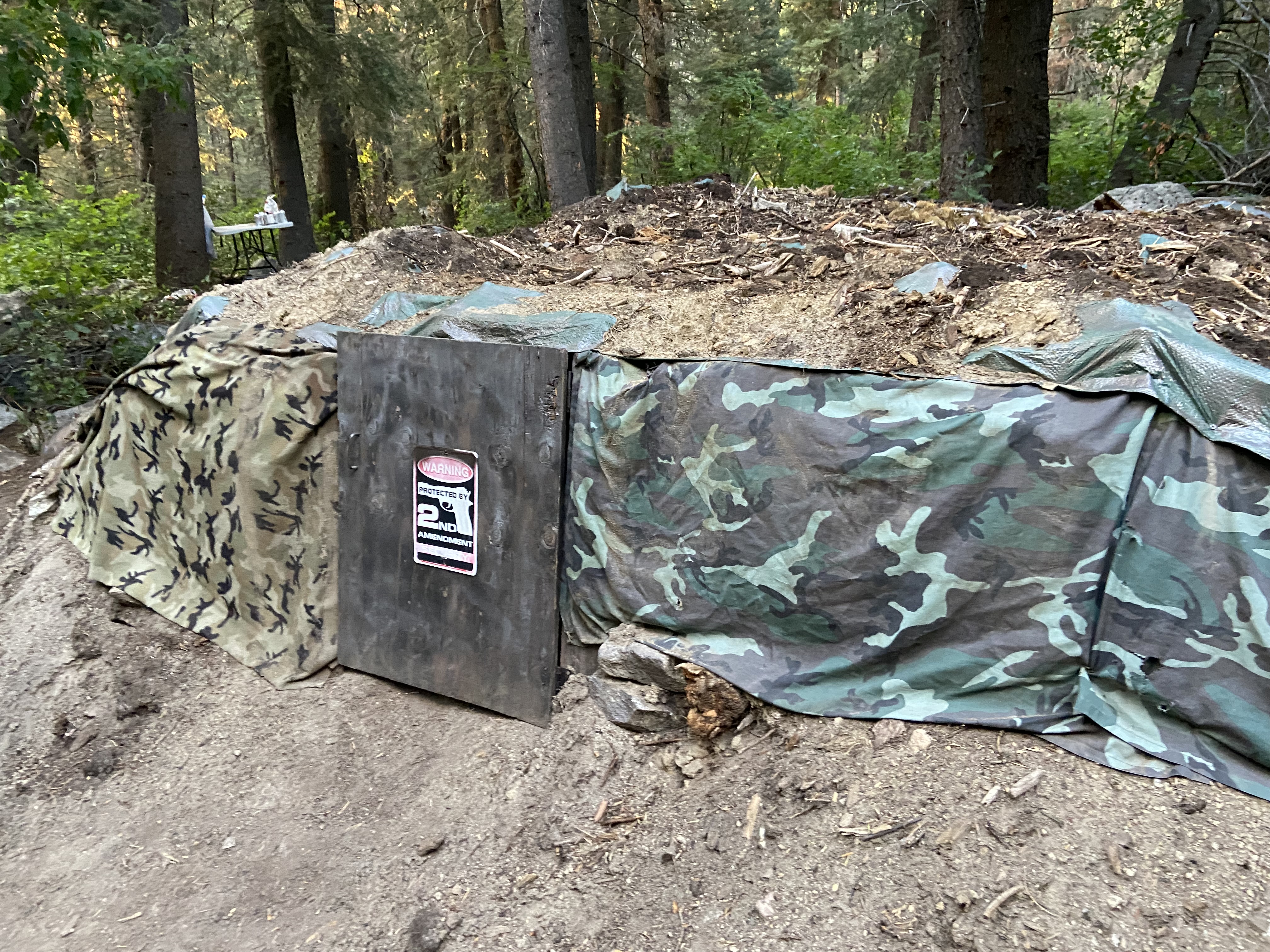
These findings were promptly reported to the Unified Police Department. The camp was searched and destroyed the next day by Canyon Patrol. A jail inmate work crew and the Wasatch Graffiti Busters returned to the site for cleanup and removal of graffiti. The site is now in a state of rehabilitation.
The Wasatch Graffiti Busters are a small 501(c)3 not for profit organization. We have a very small budget and welcome financial contributions. We also welcome volunteers who are willing to work hard and get dirty. You can reach us at - Wasatch Graffiti Busters, PO Box 56150, Cottonwood Heights, UT 84121.
You can report graffiti to the Unified Police Department or to the Salt Lake Ranger District of the National Forest Service at 801-733-2660. GPS Coordinates are helpful, but not essential.
Ullr Ball (pray-for-snow party)
On Friday, November 17 from 7:00 – 11:00 pm, Save Our Canyons supporters, winter enthusiasts, lovers of the Wasatch, and our fellow ski bums from Utah and beyond will gather at Beehive Distilling to usher in a new snow season in style, during our pray-for-snow party.
John Michael Fabrizi
19th Annual Lone Peak Celebration
BUY TICKETS
We're excited to unite around the Wasatch Mountains during our 19th Annual Lone Peak Celebration presented by KÜHL.
Right now, the best way you can help protect the Wasatch is by supporting Save Our Canyons. We need financial support to continue fighting for the protection of Little Cottonwood Canyon, Parley’s Canyon, and beyond.
Our 19th Annual Lone Peak Celebration on August 25 is an amazing opportunity to support the work we're doing! All revenue that Save Our Canyons makes during this event will be used to continue our efforts in stopping the gondola in Little Cottonwood Canyon and the proposed mining operation in Parley’s Canyon, along with much more.
YOUR TICKET INCLUDES:
- Heavy hors d’oeuvres provided by Utah Food Service
-
Stuffed Mushrooms
-
Grilled And Chilled Vegetable Presentation
-
Antipasto Platter
-
Fresh Fruit Presentation
-
Warm Skewers: Sweet & Spicy Honey Citrus Glazed Chicken
-
Crab Cakes
-
- Live music from SYNKÕFA
- Your choice of craft cocktails provided by Beehive Distilling, beer provided by RoHa Brewing Project, wine, coffee/decaf/tea, and other non-alcoholic drinks
- Save Our Canyons: gin, lime juice, muddled basil, simple syrup, club soda / lime & basil leaf garnish
- Lone Peak: vodka, blackberry puree, ginger beer, lime juice / mint & lime wedge garnish
- Wasatch Wilderness: whiskey, grapefruit juice, honey syrup / orange wheel garnish
- Access to an incredible silent auction
- An opportunity to have shirts, bags, and more live printed by The HexPress
- All proceeds supporting the protection of the Wasatch Mountains
Event Details
- August 25 at 6:30 pm
- The Garden Place at Heritage Park (2601 Sunnyside Ave S, Salt Lake City, UT 84108)
Sam Werstak
Join Our Team
Thank you for your interest in working for Save Our Canyons. Please find our open positions below:
Executive Director, Citizens’ Committee to Save Our Canyons
Citizens’ Committee to Save Our Canyons (SOC) is hiring an Executive Director to join its team. The Executive Director is the operational leader of the organization and plays a pivotal role in implementing the organization’s mission to protect the beauty and wildness of the Wasatch.
Responsibilities
- Act as the public face of the organization in the media and within the community.
- Direct and manage the organization’s media and public relations efforts.
- Initiate and maintain partnerships with a variety of individuals and organizations, including federal, state, and local governments, other environmental advocacy organizations and non-profits, community leaders, and other groups.
- Supervise and provide guidance to staff and interns.
- Assist the organization’s Development Director in fundraising efforts.
- Develop policy strategies in coordination with staff, the Board of Directors, members, volunteers, and community leaders.
- Consult with and report to the Board of Directors regarding the organization’s operations, including strategic direction, priorities, policy positions, fundraising, finances, staffing, and allocation of resources.
- Cultivate and sustain relationships with donors and organizational sponsors.
- Manage the organization’s finances, including the development and maintenance of budgets and the monitoring of revenue and expenditures.
- Participate in Board meetings and board committee meetings.
- Monitor organizational adherence to the strategic plan, mission, goals, and vision.
- Manage all daily activities of the organization.
- Attend events sponsored by or related to Save Our Canyons.
Desired Qualifications
- Bachelor’s degree in a relevant field.
- Leadership and/or management experience, ideally gained working at an environmental advocacy organization or other non-profit.
- At least three years of prior experience in policy and/or fundraising work preferred.
- Demonstrated competence at public speaking, strategic messaging, and developing relationships with our audiences, including everyone from grassroots supporters to volunteers, legislators, donors, community members, etc.
- A passion for SOC’s mission, vision, and values.
- Excellent oral, written, and interpersonal communication skills.
- Background knowledge of the Wasatch and major issues impacting the Wasatch.
Position, Pay and Benefits
- This is a full-time, salaried role that requires hybrid in-person attendance. The successful candidate will be required to come into the office as-needed.
- The salary range for this position is $80,000-110,000 annually and will be commensurate with experience.
- SOC also offers health insurance benefits, a flexible schedule, and a generous vacation policy.
How to Apply
To apply, please submit a CV/resume and a cover letter, combined in a single PDF, to . In your cover letter, please address: (1) why you are passionate about SOC’s mission; and (2) aspects of your professional background that demonstrate your ability to lead an environmental advocacy organization like SOC.
Preference will be given to candidates who apply by March 21, 2025. After that, applications will be reviewed on a rolling basis until the position is filled.
Statement on Equal Employment Opportunity
SOC is committed to diversity in its workforce and is proud to be an equal opportunity employer. SOC will consider qualified applicants without regard to race, color, national origin, ancestry, sex, age, religion, physical or mental disability, medical condition, veteran status, marital status, pregnancy, sexual orientation, gender identity, gender expression, genetic information, or any other legally protected class.
Board Of Directors
Roadless Rule 101
On March 17th, the Utah Department of Transportation (UDOT) announced a new public comment period ending on April 18th regarding two new “Supplemental Information Reports” for the proposed gondola up Little Cottonwood Canyon (LCC), along with other Final Environmental Impact Statement (EIS) alternatives. The first report assesses whether the gondola would be exempt from the 2001 Roadless Area Conservation Rule (RACR) and its potential impacts on inventoried roadless areas. The second report provides another air quality analysis. Before submitting a comment to UDOT, it’s incredibly important to understand what a roadless area is, the history of the 2001 Roadless Area Conservation Rule (also known as the Roadless Rule), and the connection between the gondola in LCC and the Roadless Rule.
Check out the following interactive map to see how the proposed gondola system would pass through three roadless areas.
What are roadless areas and why are they important?
In 2001, the US Forest Service took inventory of roadless areas for their potential to be designated as an “Inventoried Roadless Area” (IRA). This designation prohibits road construction, road reconstruction, and timber harvesting in these areas. The Roadless Area Conservation Rule covers nearly 60 million acres of national forests, 4 million of which are in Utah’s national forests.
So how does a forest receive “inventoried roadless area” protections? It can be based on size (at least 5000 acres) or location (sharing a border with a Wilderness Area). Many popular areas in the Wasatch are protected under the Roadless Rule. If you’ve been to White Pine Lake, Rock Canyon, or Mount Timpanogos via the Timpooneke trailhead, you were trekking through protected roadless areas!
The Forest Service limited road construction in these areas because of its negative impacts, such as habitat fragmentation and degradation, reduced water quality for wildlife and human uses, increased erosion and slope instability, and increased human disturbances in remote areas (such as an increase in human-caused fires).
Little Cottonwood Canyon contains the White Pine IRA and portions of the Twin Peaks and Lone Peak IRAs. These areas provide important ecosystem services and recreation opportunities with limited to no permanent road disturbance. They are prime habitats for bears, elk, eagles, and other unique animal and plant species. In short, these roadless areas possess tremendous ecological and social value that are increasingly rare as the Wasatch faces rapid development.
What is the difference between inventoried roadless areas and Wilderness areas?
If you’ve been up Little Cottonwood Canyon, you may have seen the brown Forest Service signs for Twin Peaks Wilderness and Lone Peak Wilderness. This may lead you to question, what’s the difference between roadless areas and Wilderness areas?
Designated Wilderness areas receive the government’s highest level of land protection under the Wilderness Act of 1964. This Act created a National Wilderness Preservation System and sought to preserve areas where “the earth and its community of life are untrammeled by man, where man himself is a visitor.”
Inventoried roadless areas, on the other hand, are typically the undeveloped areas of national Forests that are either 5,000 acres or larger or bordering a Wilderness area. They provide clean drinking water and large, relatively undisturbed habitat for populations of threatened and endangered species. These areas preserve biological diversity and provide opportunities for dispersed outdoor recreation amidst a rapidly urbanizing landscape.
Before an agency can recommend an area of land to be designated Wilderness, it must first be inventoried roadless. So all Wilderness areas are roadless, but not all roadless areas are Wilderness. For example, Twin Peak, Lone Peaks, and Mount Olympus are all designated Wilderness areas AND protected by the Roadless Rule, whereas White Pine is not a designated Wilderness area but is still protected by the Roadless Rule.
Why did UDOT release additional reports and open another comment period?
During the EIS process, UDOT failed to fully examine the impacts of the Roadless Rule. The proposed gondola system would situate towers, angle stations, snowsheds, and the clearing of vegetation within one of the Wasatch’s most protected areas, impacting not just one, but three roadless areas in Little Cottonwood Canyon: Twin Peaks, Lone Peak, and White Pine Roadless Areas.
UDOT claims the construction of a gondola is exempt from the Roadless Rule because it isn’t a road for motor vehicles, and that any associated timber cutting and removal would be incidental. It says the snowshed may be exempt because it would promote safety against avalanche hazards. The Forest Service will make the final decision in its Record of Decision for the SR210 (road going up LCC) project.
The process that UDOT is undertaking is a National Environmental Policy Act (NEPA) process and involves transportation analysis for the SR210 highway. Even if the gondola system isn’t defined as a road, it would be built for highway purposes and is thereby inconsistent with the Roadless Rule and the 2003 Wasatch-Cache National Forest Plan.
The roadless rule, in contrast with the Wilderness Act, allows for some types of disturbances. However, we believe it is a poor interpretation that is likely to be challenged to suggest the gondola system (towers, snow sheds, angle stations and timber removal) is exempt from the Roadless Rule. These areas have environmental values (e.g. watershed, views, dispersed recreation, timber, vegetation, and habitat) that are mandated to be protected under Roadless Rule and are inherent to Little Cottonwood Canyon, which UDOT’s preferred alternative would destroy.
Learn more:
 Comment to UDOT on Roadless Rule Supplemental Information Report (March 2023)
Comment to UDOT on Roadless Rule Supplemental Information Report (March 2023) - Forest Service Inventoried Roadless Areas (IRAs)
- This isn’t the first time the roadless rule has been challenged in Utah. Learn about the state of Utah’s 2018 petition to manage roadless areas. State of Utah's 2018 petition to manage roadless areas
- Interactive LCC Gondola Visualization
- UDOT's Supplemental Information Report: Assessment of the Roadless Area Conservation Rule for the Final EIS Alternatives
- 2003 Forest Plan for the Wasatch-Cache National Forest

